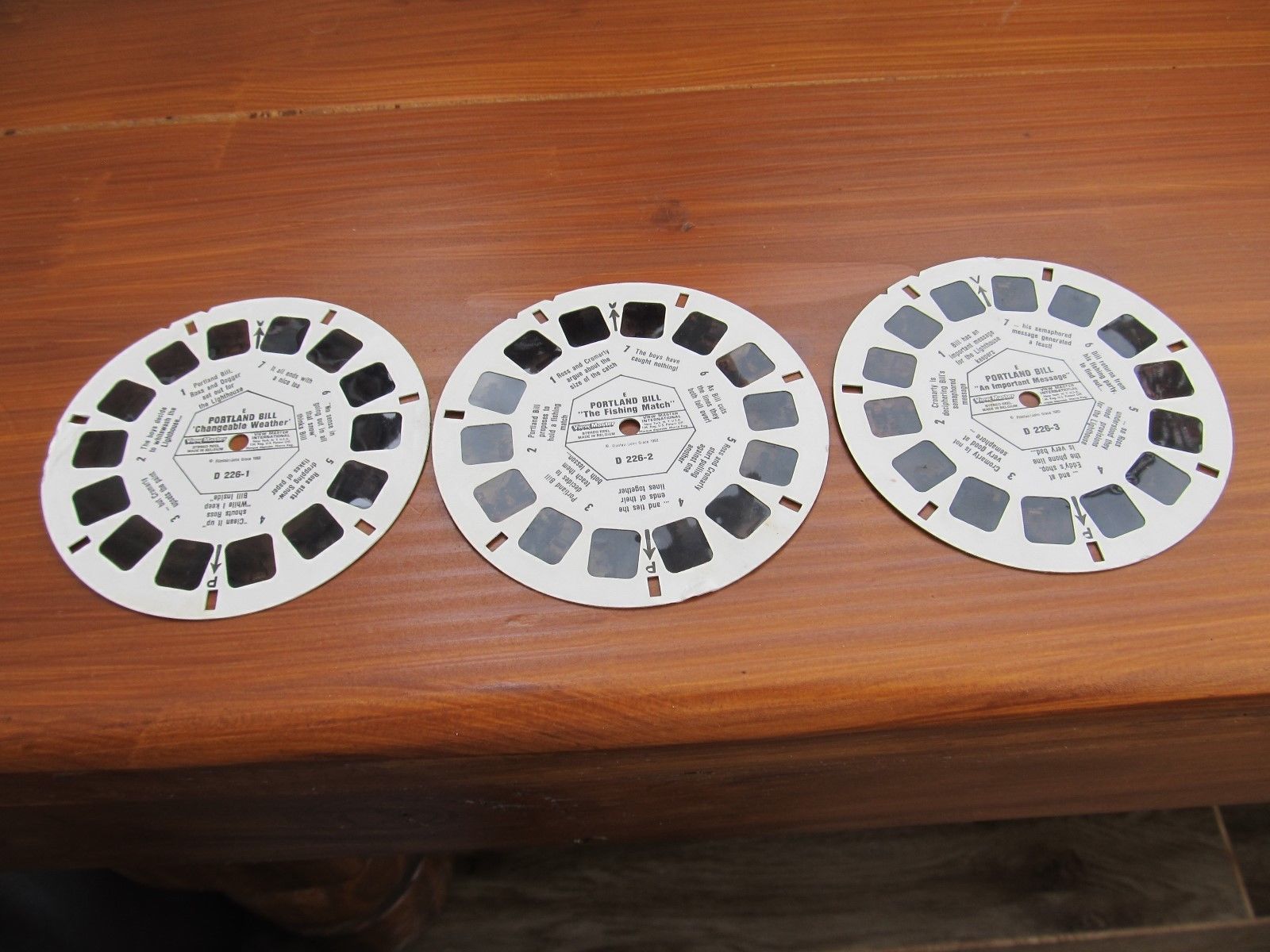
The company also occupied a building next door at 740 S.W. Īfter the development of the View-Master, Sawyer's, Inc. In the 1940s, the United States military recognized the potential for using View-Master products for personnel training, purchasing 100,000 viewers and nearly six million reels from 1942 to the end of World War II in 1945. At this point, Sawyer's also decided to change its structure from a partnership to a corporation, for various good reasons, one of which was to permit our children to participate in the stock ownership. In 1946, we had already grown a lot from 1939, and Sawyer's made a lease with Western Photo Supply Co., they to build and lease two new buildings to Sawyer's, in addition to the two we already had. The above figures were for the total business and buildings owned by the Kellys, Graves, Mayers and Meyers. owning the buildings, worth about $30,000.00. In 1939, 20 years after starting the business, we had, by dint of hard work and long hours and frugal living, accumulated a business (Sawyer's) worth about $58,000.00 and Western Photo Supply Co. Within a very short time, the View-Master took over the postcard business at Sawyer's.Įd Mayer gave details of the company's expansion in a letter dated April 1, 1954: The patent on the viewing device was issued in 1940, on what came to be called the Model A viewer. The partnership led to the retail sales of View-Master viewers and reels. The View-Master was marketed through Ed Mayer's photo-finishing, postcard, and greeting card company Sawyer's Service, Inc., known eventually as Sawyer's, Inc. The main subjects of View-Master reels were Carlsbad Caverns and the Grand Canyon.

It was intended as an alternative to the scenic postcard, and was originally sold at photography shops, stationery stores, and scenic-attraction gift shops. The View-Master was introduced at the 1939 New York World's Fair, marked "Patent Applied For". The View-Master brand name eventually came to be recognized by 65 percent of the world's population, but William Gruber disliked the name which Mayer gave it, thinking that it sounded too much like Toast-Master, Mix-Master, or some other kitchen appliance. After three years, a formal agreement was entered into on February 24, 1942, between Gruber and Sawyer partners, doing business as Sawyer's.Įd Mayer and people within the Sawyer's organization were uncertain what to call their new product, but they eventually came up with the name "View-Master". Thereafter, Ed Mayer negotiated with Gruber while production methods and some marketing were developed. The components of each pair are viewed simultaneously, one by each eye, thus simulating binocular depth perception.Īccording to a 1960 court document, the Gruber-Sawyer partner venture began from that first meeting in 1938. Sawyer's was the nation's largest producer of scenic postcards in the 1920s and the future View-Master viewer eventually became an extension of the two-dimensional cards.Ī View-Master reel holds 14 film transparencies in seven pairs, making up the seven stereoscopic images. Later, photographic greeting cards were added to the Sawyer's product line, marketed to major department stores. Graves handled marketing for the products while Mayer ran the business. The company was producing photographic postcards and album sets as souvenirs by 1926, when Harold Graves joined Sawyer's. The company relocated to a large two-story building at 181 Ella St., near Morrison Street in Portland, Oregon. Kelly, renaming the business Sawyer Service, Inc. Graves, Thomas and Pauline Meyer, and Augusta and Raymond F. He built up a photo-finishing business there, and bought into Sawyer's Photo Finishing Service in 1919 with the help of his father August Mayer, his fiancée Eva McAnulty, and her sister Vi McAnulty.Įdwin described how he started the business in a letter dated April 1, 1954: "Suffice to say that in 1919, what little it was, was purchased with borrowed ($3,500) money from Dad, aided by about $1,600 in insurance money Eva got when her father died and which was left in permanently, and $1,600 borrowed from Vi and repaid, along with Dad's notes, within a few years." Īs the business grew, Ed Mayer incorporated in about 1926, taking on partners Harold and Beulth F. ( November 2021) ( Learn how and when to remove this template message)Įdwin Eugene Mayer worked as a pharmacist at Owl Drug store in downtown Portland, Oregon, after serving in the U.S. Unsourced material may be challenged and removed.

Please help improve this article by adding citations to reliable sources in this section.

This section needs additional citations for verification.


 0 kommentar(er)
0 kommentar(er)
